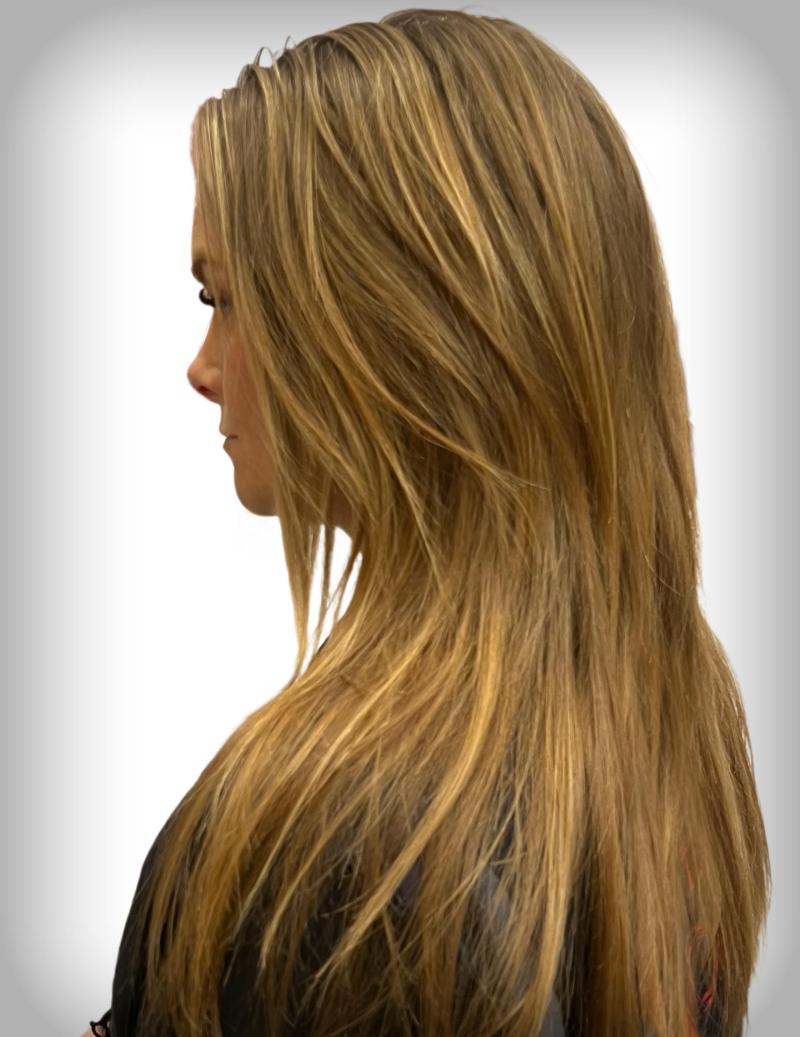Clients who are afraid of layers — but still crave the benefit of volume and movement — are the perfect candidates for Sam Villa's "shift cutting" technique using his namesake Signature Series Razor.
“This method has you working with an erratic sectioning pattern that creates integrity and movement in the hair," says the award-winning salon educator and entrepreneur. "It’s visual and tactile, not just technical."
If you're a stylist looking to elevate your layering game with a razor, Villa's shift cutting method is for you. But take note: Do not do this technique on a client twice in a row. Rotate with point-cutting every other appointment to create balance, then shift-cut the next time.

Shift Cutting Pro Tips
- Sectioning: Hair is broken down into 5 vertical sections. Each section is subdivided from top to bottom and cut dry with a razor. (The key: Each subsection is alternately cut right to left, then left to right.)
- Control: Stay on track with the direction using sectioning clips to hold and separate each of the 5 sections. (After cutting in a specific direction, clips are inserted in the same direction as a reminder which way the last one was cut.) Each subsection has four parts; the first three are cut and the last is left alone.
- Where to Cut: Hold hair and bend it into a “C” curve. Where the curve ends is where the shortest part of the layer should be.
- Holding a Razor: Relax your grip: the tighter a razor is held, the more hair it cuts. Overlap the middle finger on the index to create more tension when holding hair. Don't hold the razor perpendicular to the hair, but at an angle it so it can slice easily.
- Change Body Position: When cutting hair in the opposite direction, stand on the other side of the head so you can cut from short to long in a comfortable position and appropriate angle.
- Hairline: Use diagonal sections in front, over-direct back, and cut hair short to long so hair falls back and away from the face.
“Shift cutting is about controlled chaos," Villa says. "Understanding the why behind the different angles allows you to approach seamless or ghost layers from a different perspective."
Book professional education with Sam Villa and his team here.